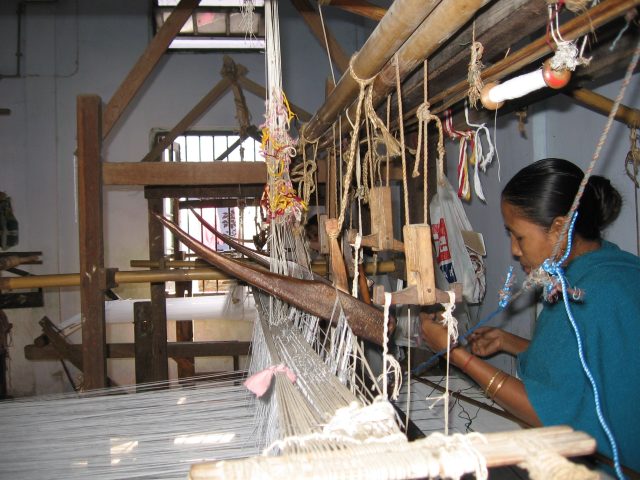Home
CATEGORIES
Business Ethics & Philanthropy Handlooms, Handicrafts Not In The Purview Of India’s CSR Spending
Handlooms, Handicrafts Not In The Purview Of India’s CSR Spending
Any company in India with revenues more than Rs 1,000 crore has to compulsorily invest 2 percent of its profit on developmental activities, be it poverty eradication, gender, hunger or education. After trying to find loopholes in the law and figuring out ways of not ploughing back their profits into developmental activities, in the last year-and-half industry observers have finally seen concerted CSR efforts from corporate India.
“Corporates are clearly looking at serious CSR strategies rather than investing in one-off exhibitions or workshops,” points out Rama Iyer, Founder, White Kettle, a CSR advisory firm. In fact, a KPMG report last year had said that 52 percent of the top 100 companies had not been able to spend the required amount of developmental activities. However, among the companies which have committed to spend on the CSR, there has been 11 percent increase in overall spends; with the average spend per company increasing by 15 percent.
As companies change their approach towards CSR, the category that has lost out because of the law are traditional art and craft societies such as Paramparik Karigar. The organisation which supports 100 crafts persons organises exhibitions annually to promote the work of its members. “Getting corporate sponsorship is becoming increasingly difficult ever since the 2 percent CSR rule has come in,” says Ratna Krishna Kumar, Member, Managing Committee, Paramparik Karigar. Paramparik is organising a Bharatnatyam ballet (choreographed by Malavika Sarukkai) that depicts the process of weaving a sari, called ‘Thari – The Loom’, which is a ticketed show and the proceeds of same would go for the upliftment of craftspersons.
“We found it difficult to find a sponsor even for an event of this nature,” says Kumar. “We have over 100 craftspersons as members now, and now that they have started doing well because of our support, they have started volunteering 10 percent of their sales proceeds to Paramparik Karigar. This is how we are able to match up the costs of the exhibition,” she adds.
The reason why corporates are shying away from supporting handloom and art and craft exhibitions are because the CSR law clearly states that anything that is in the marketing space and impacts one’s brands is not CSR. “There is a clear difference brand-building and CSR. Whoever, the corporate is funding, has to show an expenditure certificate, therefore funding one-off events is not what the corporates want to do,” explains Iyer of White Kettle.
Tata Chemicals, for instance, has created a handicraft brand called Okhai, and through the sale of the Okhai products, it’s helping to improve the livelihood of women living in the villages of Okhamandal in Gujarat. “Tata Chemicals has a salt plant in that region, therefore, it’s approach was to find means of generating livelihood for which it partnered with local NGOs and self-help groups. Corporates no longer want to be seen doing one-off CSR activities,” explains a former employee of Tata Chemicals.
So what if corporate India can’t fund handicraft exhibitions, they can always help organisations such as Paramparik Karigar through a host of other ways, says Kumar. “Corporates could support workshops on design inputs that we conduct for our karigars, they could buy our crafts and use it for corporate gifting or could even decorate their office space with paintings done by our karigars.” However, India Inc as of now sees more merit in supporting burning issues such as environment, the girl child, education, and hunger.
Thank you for reading the story until the very end. We appreciate the time you have given us. In addition, your thoughts and inputs will genuinely make a difference to us. Please do drop in a line and help us do better.
Regards,
The CSR Journal Team













